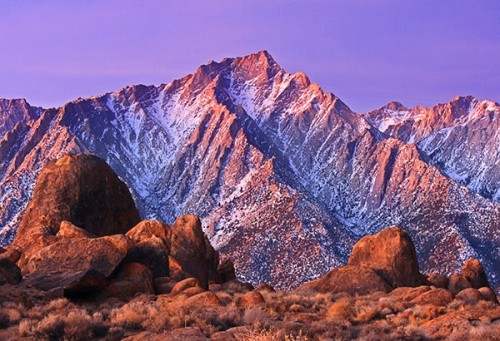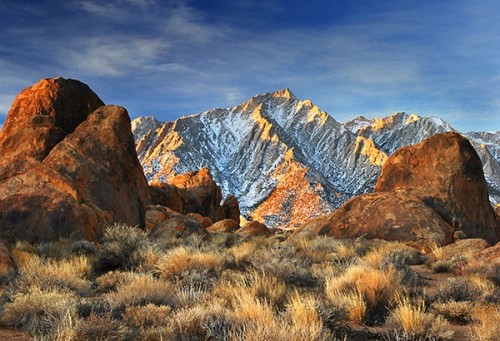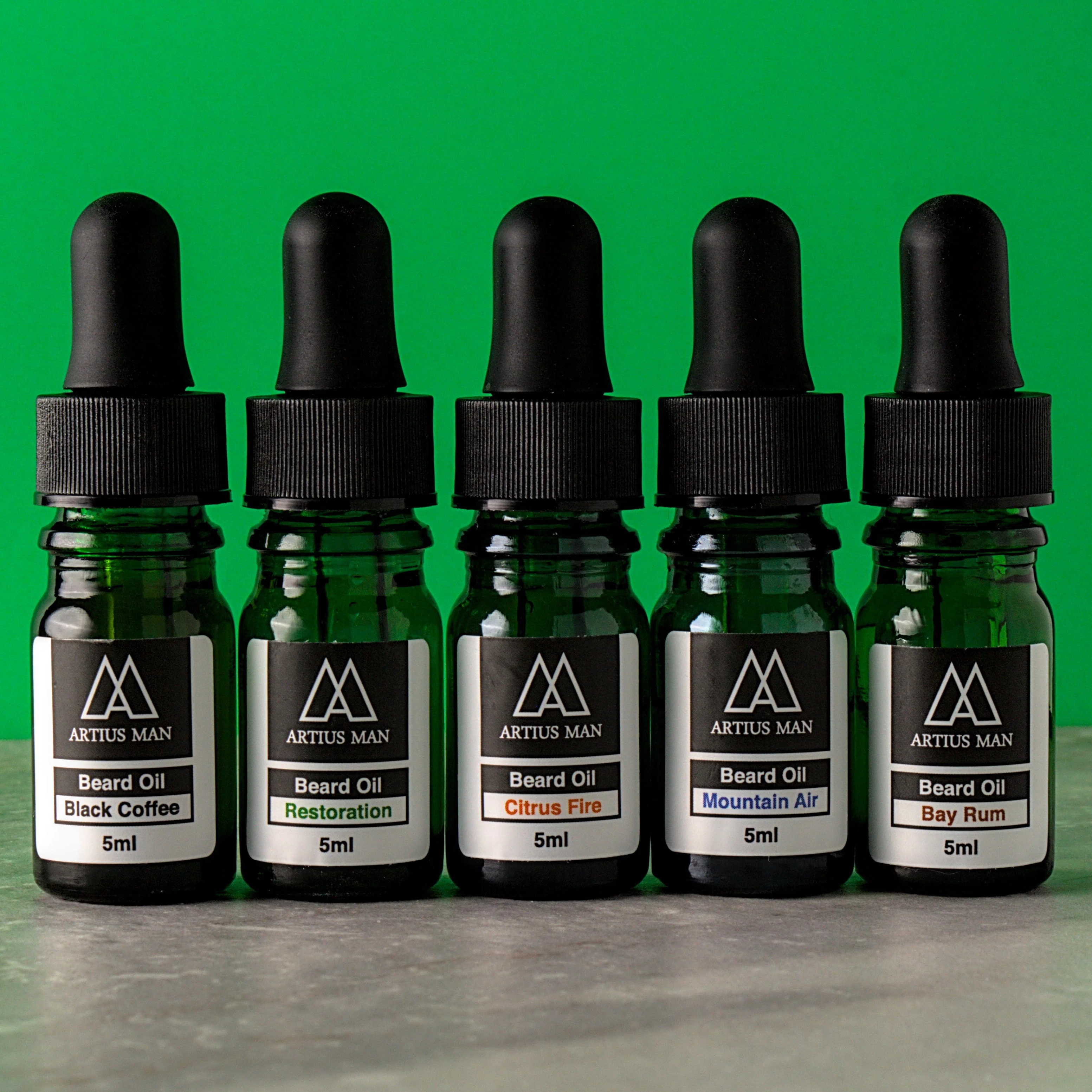Why you Need a Telephoto Zoom Lens for Landscape Photography
When you think about landscape photography, you might immediately think of the wide angle zoom lens, which is great for capturing those expansive landscapes and “taking it all in.”
But, a telephoto zoom lens can also be helpful when photographing landscapes. To understand why, it’s important to know what determines perspective and how perspective can help convey a particular feeling in a photograph.
What determines perspective?
As Ansel Adams repeats so often in his wonderful book, The Camera: “perspective is a function of camera-to-subject distance.”
There’s a common misconception that perspective is determined by focal length, but in reality, the only thing that determines perspective is where you put the camera.
There are at least two rules of perspective that you should be familiar with:
the closer you get to a subject, the larger it will appear on the image frame (yeah, this one’s obvious)
as you move closer to your scene, the closest objects will increase in size faster than the distant objects (not so obvious)
The second rule is the one we often forget, and it’s best illustrated with an example, so take a look at this photo I took in the Eastern Sierra of California:

Now, look what happens when I move just 50 ft (15 m) closer to those boulders:

Personally, in this case I prefer the first photo, because as I stood there in front of the scene, I felt like the mountain was in charge: it had an overpowering effect on me. So, I decided to give it an overpowering effect in the final image.
Another lesson to learn here: you probably noticed how different the lighting conditions are between the two photos above. The first shot was taken about 15 minutes before sunrise and the second shot was about 15 minutes after sunrise. Lighting conditions can change in milliseconds, so make sure you’re there for the entire show and be prepared to capture that light at any moment!
So, why do you need a telephoto zoom lens?
Since perspective is determined solely by where you put the camera, you’ll sometimes find that the most pleasing perspective is viewed from a great distance. So, to fill the frame with this perspective, you’ll need to zoom in to it with a longer focal length.
For example, the first photo above was taken at 70mm (on a 1.6x crop factor camera). I could have shot it at 40mm, but I wouldn’t have filled the frame: I would have inadvertently captured many of the surrounding elements of the scene.
The second shot was taken at 40mm, and this shorter focal length was necessary because I was much closer to those boulders in the foreground.
So, the lesson here is that carrying a wide range of focal lengths allows you to capture a wide range of perspectives.
What’s the best telephoto zoom lens for landscape photography?
This is definitely debatable, but most photographers would recommend the 70-200mm range (available from most camera manufacturers). Personally, I use Canon’s 70-200mm F/4L and it is easily my favorite lens (it’s great for wildflowers too!).



.gif)





